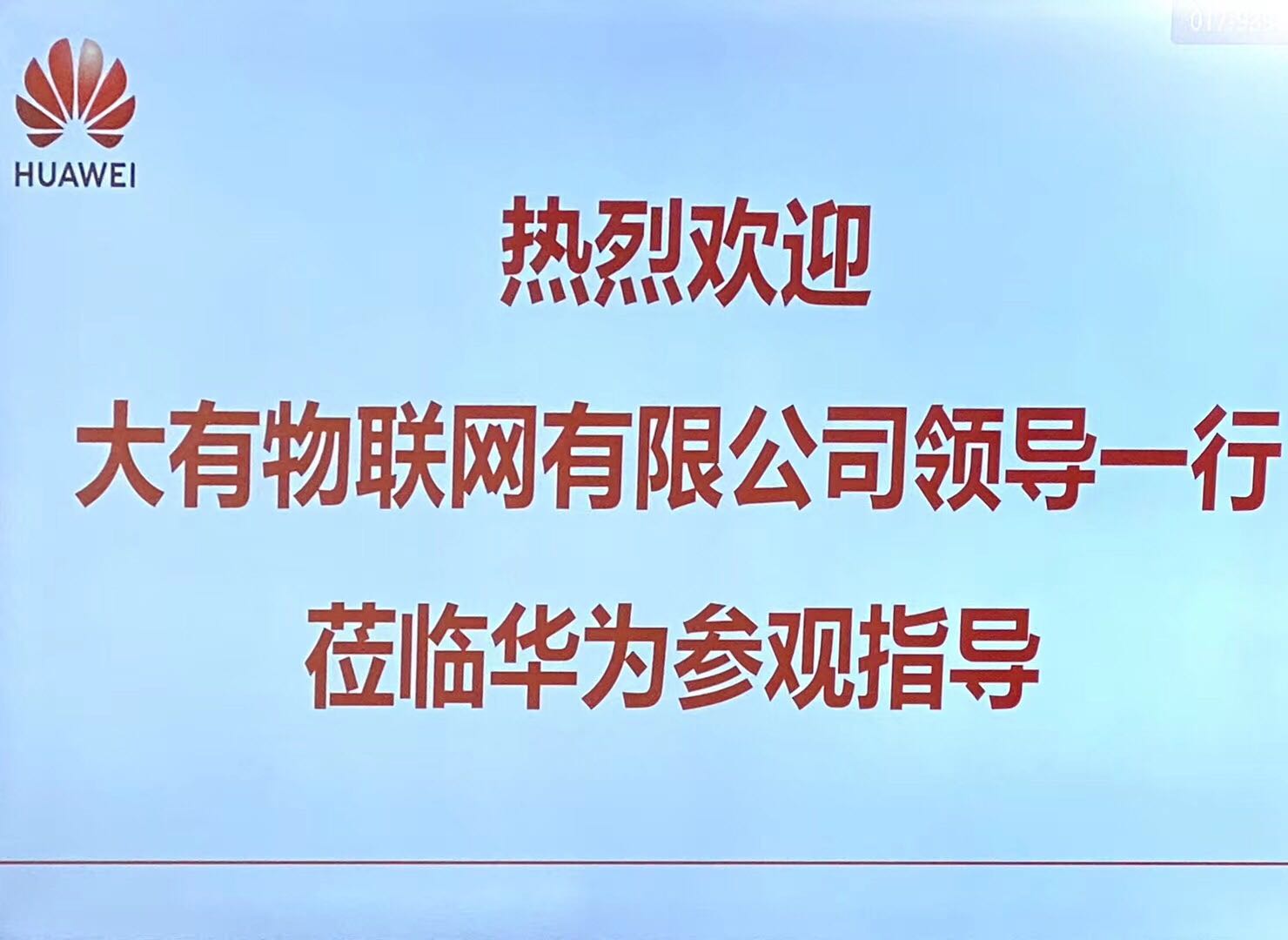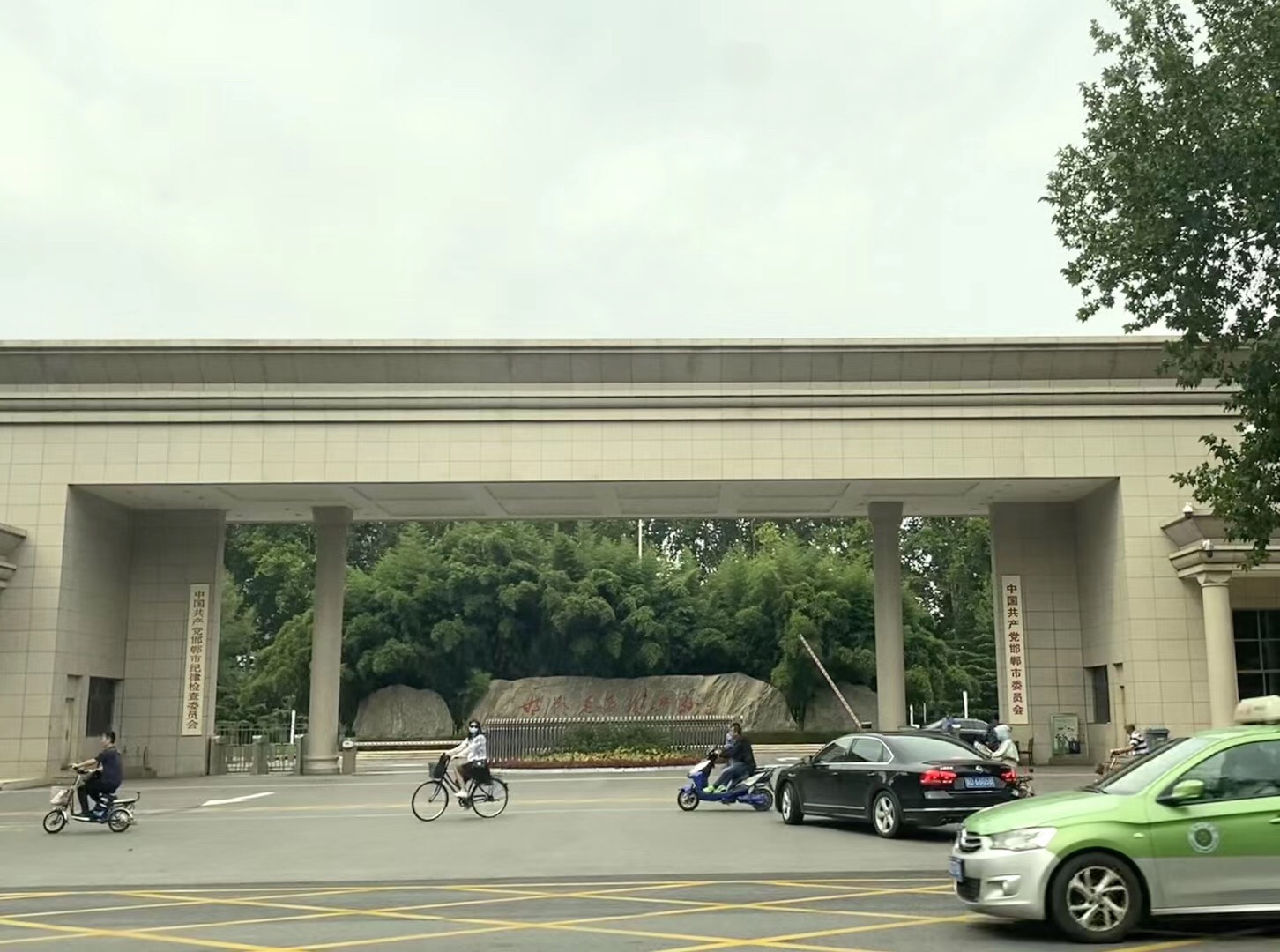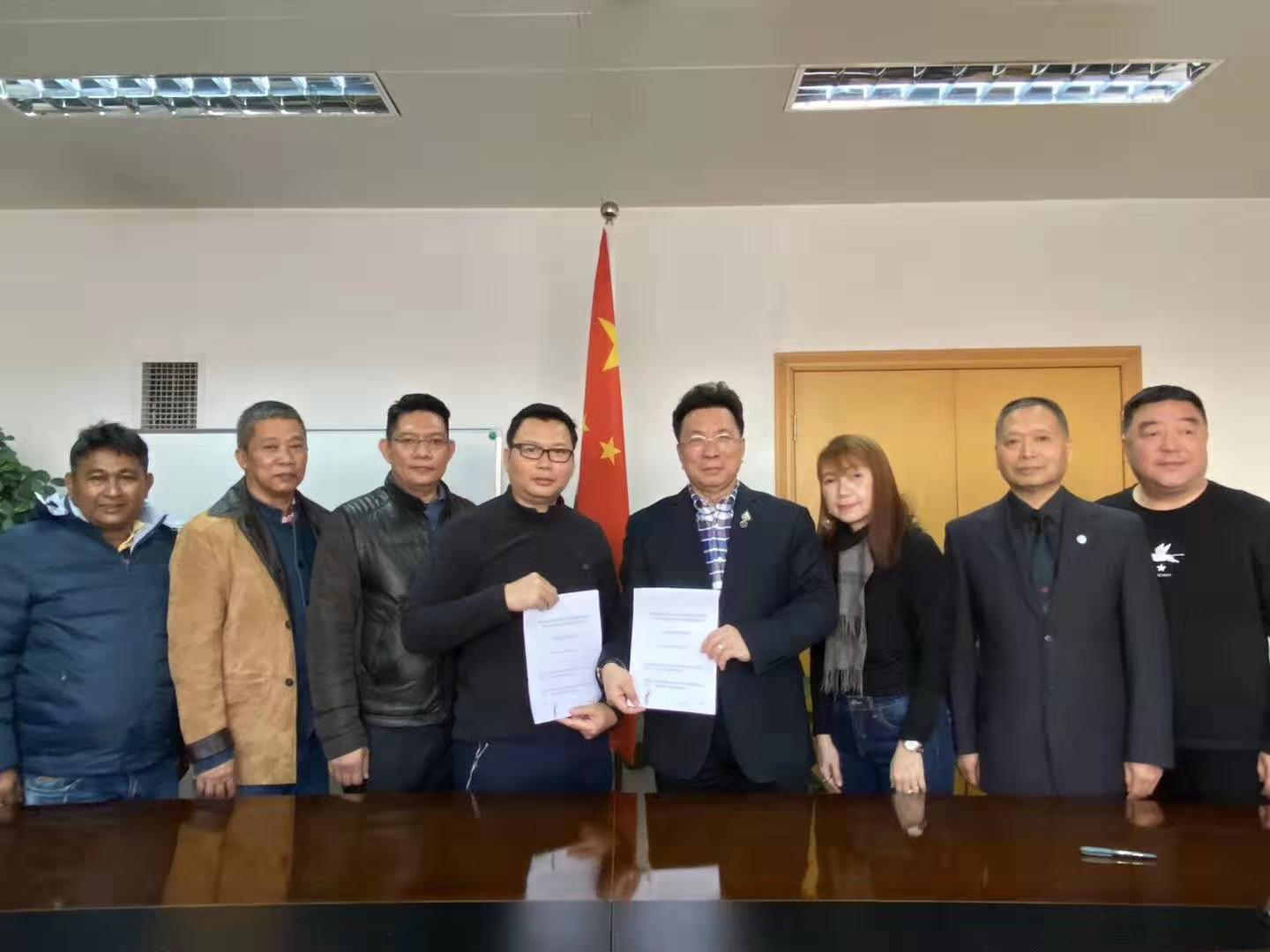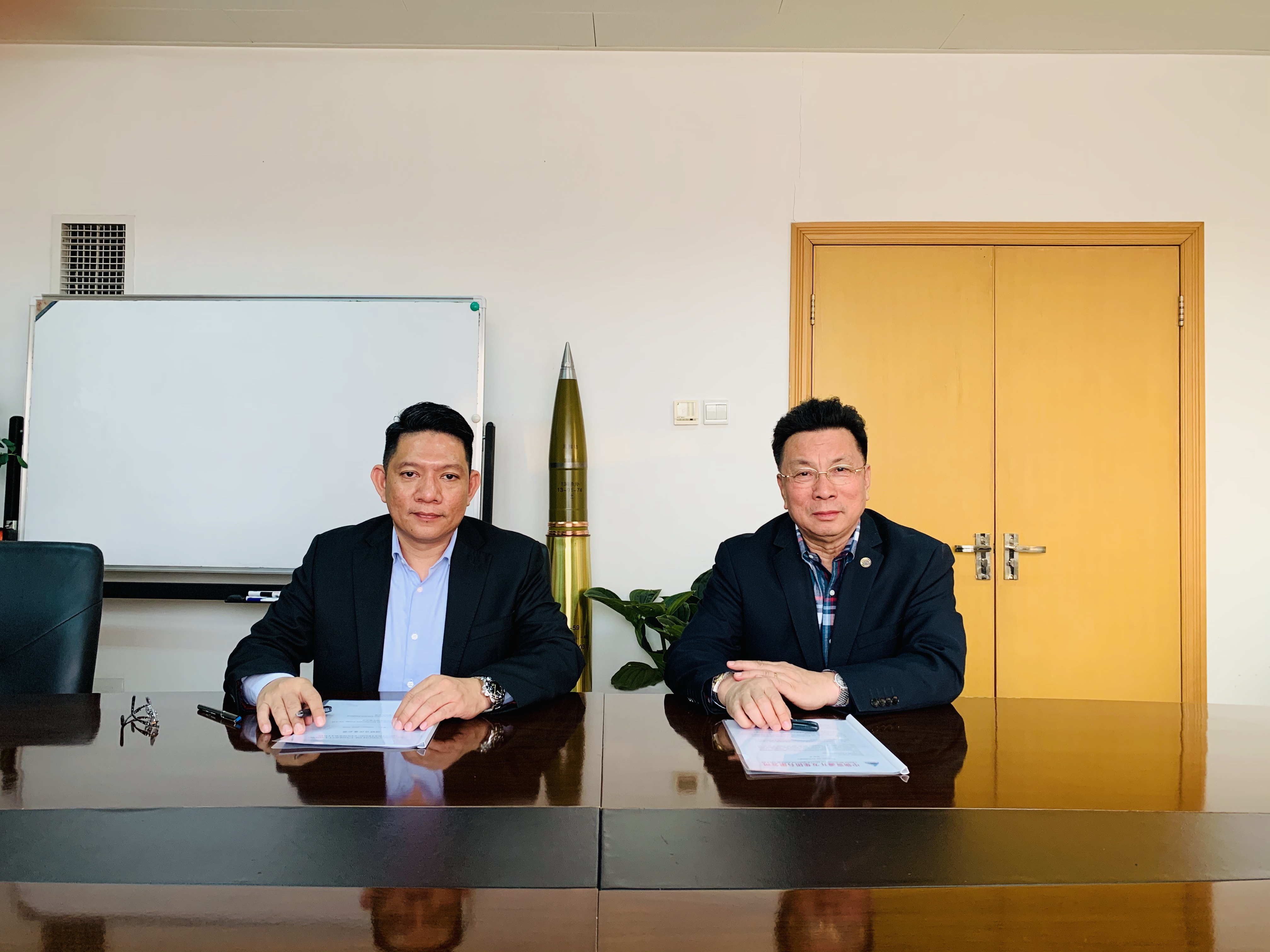Recently, Mr. Du Jiang, the deputy general manager of our group, visited the Philippines to inspect the Philippine sand field to negotiate the river sand import project, carry out natural sand import, expand the overseas sandstone supply, and meet the demand for sand in the construction market to ensure the long-term domestic supply of sand. The construction of infrastructure projects requires the market mechanism to curb the irrational rise in sand and stone prices, and fundamentally crack down on and contain the inevitable requirements for illegal sand mining.
As early as the end of November 18, during the state visit to the Philippines, President Xi Jinping invited President Duterte to China to attend the second "One Belt, One Road" international cooperation summit forum. President Duterte accepted the invitation with pleasure. This sentence is clearly written in the joint statement of the two countries, highlighting the importance that both sides attach great importance to and look forward to meeting again, and to further strengthen cooperation and enhance bilateral relations. Since Duterte became president of the Philippines, China and the Philippines have set off a new chapter in which relations have once again improved. President Duterte has repeatedly visited China and Hong Kong in an official and private capacity, reflecting his high regard for the development of bilateral relations. He also hopes that the Philippines can accelerate the realization of its national modernization with the help of China's rapid development.

The economic cooperation between China and the Philippines has a good foundation and has great potential. It is worthwhile for the two countries to strive for mutually beneficial development. In particular, the “One Belt, One Road” initiative and the “Great Construction Special” project in the Philippines have been transformed into specific projects in transportation, water conservancy, construction, agriculture, and environmental infrastructure in the specific docking process. In addition, the direct flights between China and the Philippines continue to increase, and the Philippines has become a tourist destination for more Chinese tourists, which not only boosts the vitality of the Philippine economy, but also allows both countries to recognize the win-win effect of mutual cooperation. Since 2016, China has been the Philippines' largest trading partner, the largest source of imports and the fourth largest export destination.
China and the Philippines are also deepening their strategic cooperation. Chinese warships have made friendly visits to the Philippines on many occasions. The two sides also participated in joint military exercises between China and ASEAN countries, and they are strengthening their security confidence and trust. In addition, China has provided some hardware and software facilities and equipment to help the Philippines crack down on domestic terrorism, deal with drug abuse and promote maritime security. It has made tangible contributions to promoting the national security of the Philippines and won positive comments from all sides of the Philippines. .
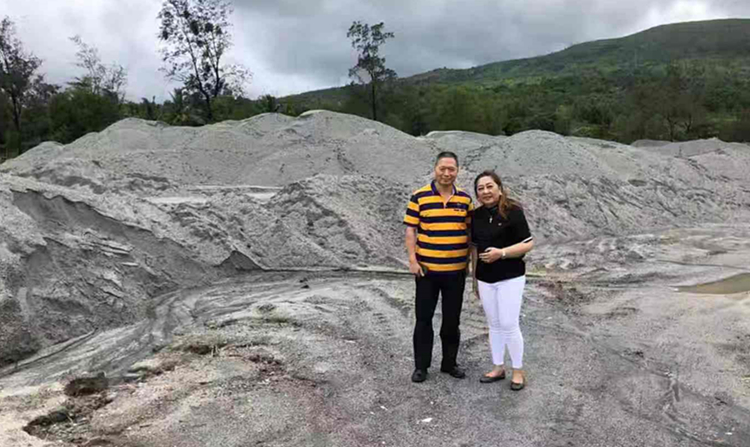
At present, China's imported river sand mainly comes from Malaysia, and a small part comes from Southeast Asian countries such as Cambodia and the Philippines. The country is expanding the scope of mining or restricted mining of river sand, and comprehensively cracks down on illegal sand mining and river sand shortage. Last year, the Ministry of Water Resources issued the "Notice on Launching the National River and Lake Sand Mining Special Remediation Action" to organize a six-month special rectification campaign for river and lake sand mining nationwide. The local government has continuously strengthened the management of river sand and gravel mining, and the government has become more cautious about the exploitation of natural sand and gravel.
The demand for river sand in infrastructure projects across the country is huge, and planning is constantly taking place across the country. According to media reports, the sand gap in Huizhou, Meizhou, Heyuan and Qingyuan in Guangdong Province is as high as 20 million square meters. The annual demand for river sand in Shantou, Fujian Province is about 10 million tons, of which about 6 million tons of river sand is in the field. The tightness and scarcity of the river sand is just filled by imported river sand. At present, many provinces and municipalities have issued investment plans for key projects this year, involving a total investment of nearly 25 trillion yuan. Our group has conducted inspections and inquiry comparisons on the Philippine sand source. At present, we have investigated a number of suppliers to reach preliminary cooperation intentions.

